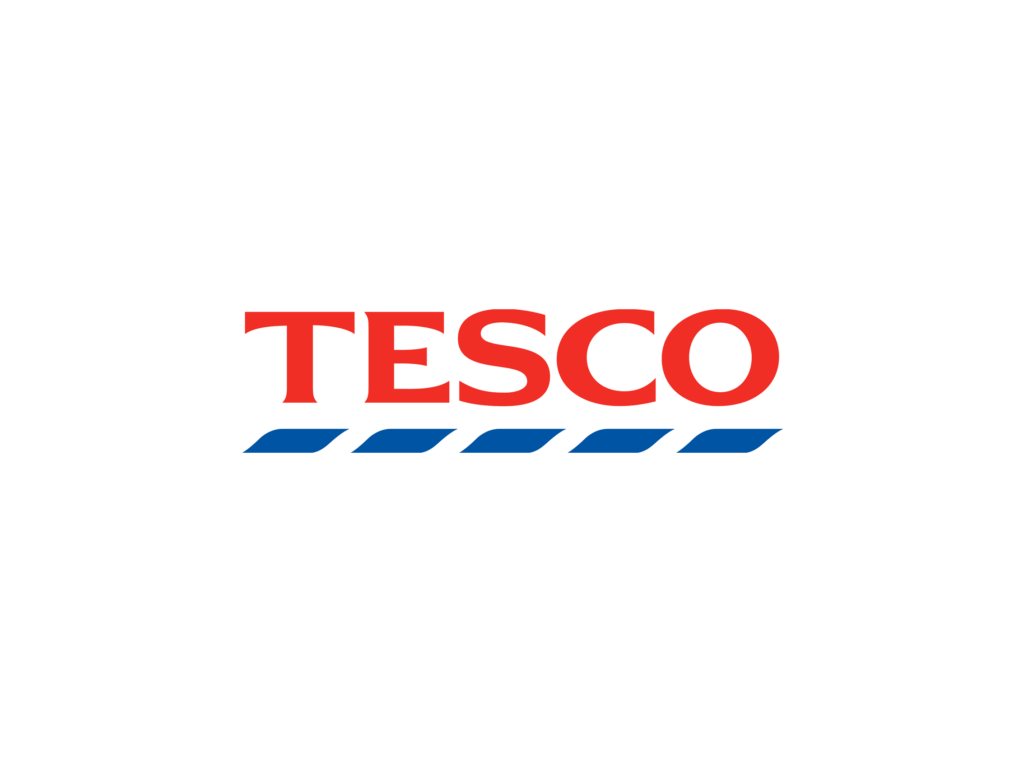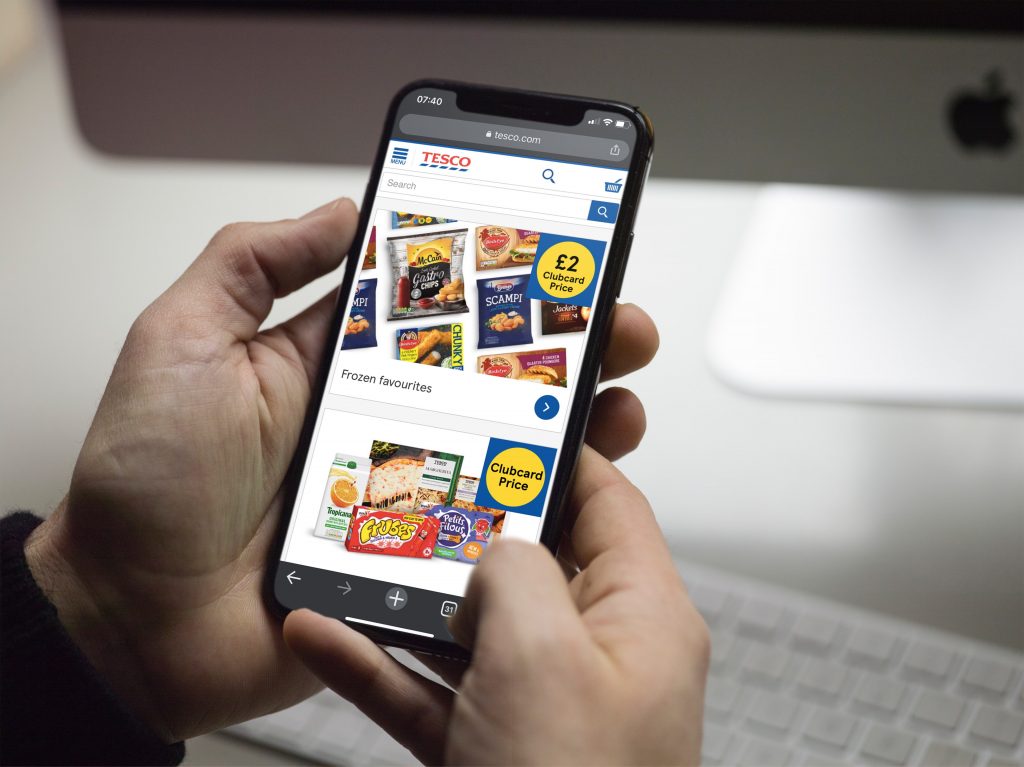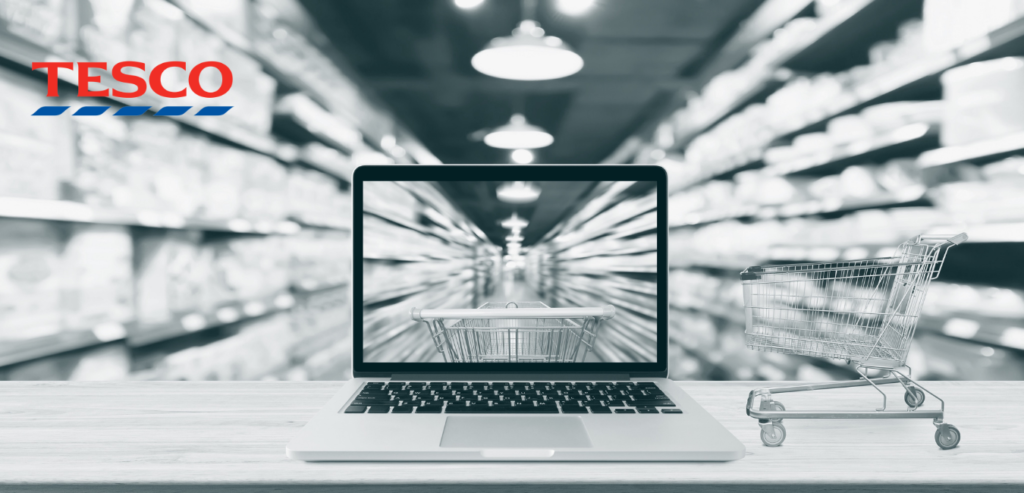
Using Data Analysis to Identify Loyal Customers, Before They Become Loyal


“Station10’s insights have transformed how we look at our business; one in particular led to a series of efficiency-focused strategies and KPIs to save customer’s time. Last year, the business saved its customers 9 million hours cumulatively. Without this insight, we would not have made these business changes.”
What did we do?
Data insights are playing an ever-increasing role in helping companies to understand their customers and make more informed business decisions.
The opportunities are boundless: better store location planning; a more effective, more personalised consumer experience; improved acquisition and retention programmes; and enhanced lifetime customer management are just some of the ways data analytics drive business growth.
Tesco could recognise loyal customers after 3 months of shopping online with them, but they wanted to know “Can indicators of loyal behaviour be spotted early on? That is, before they become loyal. What’s the best way of targeting these customers?”
When Tesco asked us this question, we were delighted to be able to use our expertise to deliver results-focused, usable insights. In order to manage stock levels more effectively, the UK’s largest supermarket chain wanted to know:
- Are there behavioural indicators of future loyalty?
- Is this behaviour influenced by cross-channel factors?
- Can these factors be used to manage lifetime value?
These are excellent, important questions in a multichannel world. So, Station10’s multi-skilled project team got to work integrating offline and online customer transaction and behavioural data.

How we helped: Results
Firstly, we needed to take inherent bias out of the data to ensure that the results weren’t skewed by the fact that customers who stay for longer are, almost by definition, more likely to spend more.
To do this, we created a loyalty cohort behavioural analysis with additional offline data integration for an omnichannel view. We also overlaid previous analysis on frequency and purchase type behaviour to create a more detailed segmentation for future targeting. This allowed us to understand the comparison between two groups over time.
Given the slightly open-ended nature of the questions, there was not a single target factor to look for; it was the data science equivalent of looking for a needle in a haystack. We meticulously analysed every type of metric to understand its relationship to loyalty across these cohorts.
Through this process, we identified that many metrics and early shopping behaviours had no discernible relationship with long-term loyalty. Most metrics, in fact. But we found a few that did. These could be summarised in a few top-level insights:
- The primary goal of most customers is efficiency
- Grocery shopping, whether online or offline, is a matter of convenience and routine, not exploration or discovery.
- Customers’ focus on efficiency of shopping leads to a heavy tendency to get everything done in one go, whether for irregular or regular orders.
- A significant proportion of those who amend orders do so immediately after placing the original order.
- As order frequency increases, so does total customer spend
This focus on efficiency manifested itself in a group, or basket, of metrics that all related to customers wanting to be more efficient in their shopping. And critically, these metrics were identifiable in customers’ very first shop. In other words, before customers had bought anything, they were exhibiting behaviours that were predictive of future loyalty.
This had a significant impact on the business. The insight disproved the traditional theory that the longer a customer spends on your ecommerce web site, the better – a theory many businesses still hold onto. Because of the relationship with loyalty, long-term spend and efficiency, it helped leaders re-consider their digital product strategy. Rather than “interrupt” the customer shopping journey with additional information or product offers on a regular basis, the focus became saving customers time, and streamlining the journey. Basket size and spend would increase over time, so the more efficient the buying journey, especially early in the customer lifecycle, the longer the long-term value; it’s not about individual basket size, but customer efficiency.
This led to a change in the long-term product strategy, with a mantra to save customers’ time.

More results & business value
Two years later, the digital business had evolved to focus on these metrics, and implemented a series of product enhancements to help save customers time during their shop. The business was now able to report on how much time these changes had saved time in the shopping trip.
The changes had saved so much time that, on average over a year, each customer had saved enough time to watch an entire box set of their favourite TV show. And so, that’s how it was reported.
These data insights enable Tesco to be more strategic in its digital product strategy, whilst increasing long-term customer loyalty.
At Station10, this is the kind of business value we deliver through effective, expert data analysis, providing our clients with new opportunities to grow their business.

